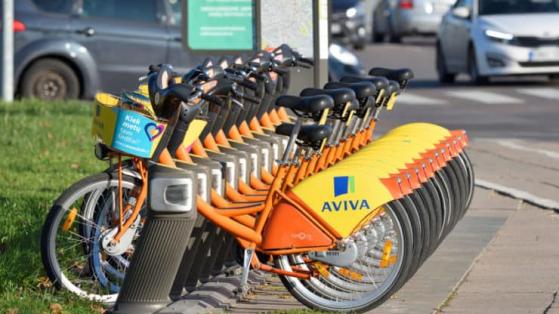Aviva (LON: LON:AV) share price has pulled back in the past few weeks as investors waited for the next catalyst. After peaking at 500p in May, it dropped by over 6.37% to the current 468p. It has still been one of the top-performing companies in the FTSE 100 index after it jumped by over 38% from its lowest level last year.
Aviva’s dividend returns
Aviva has grown to become one of the best companies for dividend investors, thanks to its strong yield. It has a dividend yield of about 7.12%, which is higher than the FTSE 100 index yield of about 3.58%.
The company’s business has done well in the past few years, helped by Amanda Blanc’s strategy of shedding most of its unprofitable companies. She sold the company’s business in countries in Singapore, Italy, and France. Before that, Aviva sold its business in Spain.
Amanda Blanc has also worked to solidify her presence in the UK. Recently, she bought AIG’s protection business in the UK, a move that introduced over 1.3 million individuals and 1.4 million group clients.
The company also spent £242 million to acquire Probitas, a company that has a presence in the Lloyds (LON:LLOY) market. It also acquired Optium O2 Holding, a Canadian company.
Altogether, Aviva has shed some of its most unprofitable companies and increased its effort to grow its market share in its core markets.
Aviva’s business has continued to do well this year. The most recent results, released in May, showed that its general insurance premiums rose by 16% to £2.7 billion in the last quarter. Its UK’s GI’s premiums rose by 27% to £1.7 billion.
It also expects that its operating profit will rise to £2 billion by 2026 while its cash remittances will be over £5.8 billion between 2024 and 2026.
All this means that Aviva is one of the cheapest companies in the FTSE 100 index. It has a price-to-earnings ratio of 12.4, which is lower than the FTSE 100 average of 14. It is also much cheaper than the S&P 500 index.
Aviva has a solid balance sheet, meaning that it is not about to start cutting its strong dividend. It has an AA- (stable) rating from S&P Global, Aa3 (stable) from Moody’s, and AA- (stable) from Fitch.
The company is also benefiting from the elevated interest rates in the UK. As an insurance and investment company, Aviva is benefiting by earning more money from its investment solutions.
Aviva share price forecast
AV chart by TradingView
The daily chart shows that the AV stock price peaked at around 500p in May and has crashed to about 464p, which coincides with the first support of the Woodie pivot point. It has dropped below the 50-day and 25-day Exponential Moving Averages (EMA).
The stock has also dropped below the key support level at 478.4p, its highest swing on April 4th. At the same time, the MACD indicator has moved below the neutral point while the Relative Strength Index (RSI) has crashed below 50. Therefore, the stock will likely see some volatility in the coming days. It will then rebound as buyers target the year-to-date high of 500p.
This article first appeared on Invezz.com
